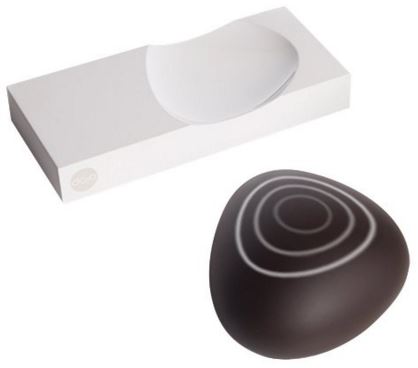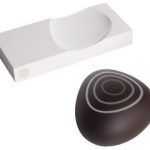Dojo brings critical security to smart home automation
Dojo brings critical security to smart home automation1

The introduction of smart home devices into the average home is on an upward trajectory with Gartner forecasting the number of connected devices to reach more than 21 billion by 2020.
With this growth comes an increased risk of cyber attacks. As we get closer to a time where home electronics are embedded with IoT technology whether we like it or not, the issue of cyber security continues to be the white, hot glaring, elephant in the room.
See also: Discover the top home security systems of 2017
While security should be present from first design and embedded through various iterations of hardware and software, the reality is that there’s a lot of devices that are either created with inherent security flaws or fail to be adequated updated as time and technology moves on.
A recent survey by Canonical Ubuntu of 2000 consumers regarding firmware updates of connected devices revealed that:
- Only 31% of consumers that own connected devices perform updates as soon as they become available.
- A further 40% of consumers have never consciously performed updates on their devices
- Nearly one in ten (8%) didn’t even know what firmware was
- 48% of consumers are unaware that connected devices in their home could be used to conduct a cyber attack
- 37% believe they are not “sufficiently aware” of the risks that connected devices pose
Dojo by BullGuard has created a solution with a difference. (The Israeli start-up Dojo Labs was acquired by security firm BullGuard in 2016.) I spoke to Yossi Atias, General Manager of IoT Security of BullGuard, to learn more during last week’s Mobile World Congress in Barcelona.
He showed me their digital security device which consists of a sleekly designed ‘pebble’ that is easy to set up and free to move about the home, and a dock that resides with the household router.
Rings of light on the Dojo pebble illuminate red, yellow or green when activity is detected on the user’s network. An app allows users to interact with the Dojo pebble via a simple, intuitive messaging interface that prompts them to allow or block network activity and informs them of potential cyber threats.
How Dojo works
The Dojo by BullGuard device monitors the home network 24/7 against cyber threats through enterprise-class intrusion detection and prevention to identify and block real time attacks, a smart firewall, and encrypted web access to smart devices. Atias explained that the device operated on three layers of security:
“The first one is the perimeter: to ensure people that are not unauthorised cannot access your devices. The second layer is focused on intrusion detection and prevention: if something has already happened, how do you detect it, and how you mitigate it? It looks for activity on the network that indicates either attack vectors using or already existing malware and their signatures. The third layer is anomaly detection and behavioural analysis that occurs as the device constantly sends metadata to our cloud platform. “
The security system is embedded with AI and machine learning technology as the more it familiarizes itself with a home’s smart devices, the smarter it becomes in detecting, defending and mitigating against cyber threats and privacy breaches. A point of difference to other security systems is that Dojo by BullGuard uses the data to do analysis, not just customer-by-customer but within the whole subscriber base as a whole. As Atias details:
“It’s essentially a crowd sourced security platform where the learnings from consumers devices work for the benefit of all the users themselves. So if we find for example, a vulnerability in one consumer device in one home and we know there are other users that own the same device, we push the mitigation before it even has the chance to attack the other devices. “
Atias explained that he decided to focus on home security due to identifying an unmet need:
“There is no one doing this for the consumer. In enterprise and industrial applications, you have a whole team of security. In my home, I am the chief security officer. With the average consumer, no one assumes responsibility, not the service provider or the device vendor.
Instead of trying to make everyone a cyber security expert we provide this as a service. We of course, want people to be educated and aware but in reality, security isn’t at the forefront of most consumers minds. You won’t even find any security related information when you buy a device so how could you compare different products? Consumer electronics traditionally launch a model and want to shift as many units as possible and then the company will discard it and move onto the new one. There’s no service model behind each device so expecting a consumer to keep track of all the software updates is not realistic. Our system is totally agnostic. We assume that the security is bad from the beginning. That’s always our assumption.”

Recently honored with the prestigious Good Design award in the safety and security category, Dojo by BullGuard will begin shipping in April this year and will retail for $ 199, including 12-months of service.
The post Dojo brings critical security to smart home automation appeared first on ReadWrite.
(69)













